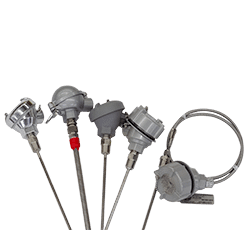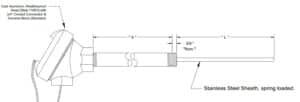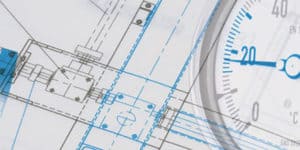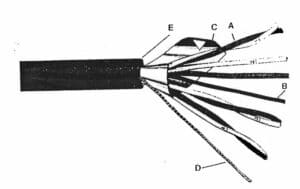Metrology Glossary: Grounded Junction
What Is A Grounded Junction?
A grounded junction is a specific type of thermocouple design in which the junction, the point where the two thermocouple wires intersect, is securely affixed to the sheath, which serves as the protective outer layer of the thermocouple. This differs from an ungrounded or exposed junction thermocouple, where the junction is either isolated from the sheath or exposed to the surrounding environment. Grounded junction thermocouples are made by welding the thermocouple wires to the tip of the sheath, forming a robust and enduring connection capable of withstanding high temperatures and pressures. This construction establishes an efficient thermal pathway between the junction and the sheath, enabling faster response times.
What Are Grounded Junctions Used For?
Rapid Response Capability:
- High-speed processes: These thermocouples excel in swiftly tracking temperature changes, making them well-suited for applications such as furnace control, injection molding, and combustion monitoring.
- Flowing fluids and gases: They capture temperature fluctuations in liquids and gases during swift movement, proving valuable in pipelines, exhaust systems, and chemical reactors.
- High-vibration environments: The sturdy connection withstands vibrations, which is useful for monitoring machinery, conducting engine tests, and overseeing power generation equipment.
Enhanced Endurance:
- Harsh environments: The welded junction and protective sheath provide exceptional resistance to wear and tear, enabling their use in corrosive, abrasive, or high-pressure conditions.
- Static or slow-moving fluids: They deliver reliable temperature readings in less dynamic scenarios, such as tanks, storage vessels, and boilers.
- High-temperature applications: The construction is designed to endure extreme temperatures, making them well-suited for applications in kilns, reactors, and processes involving molten metal.








